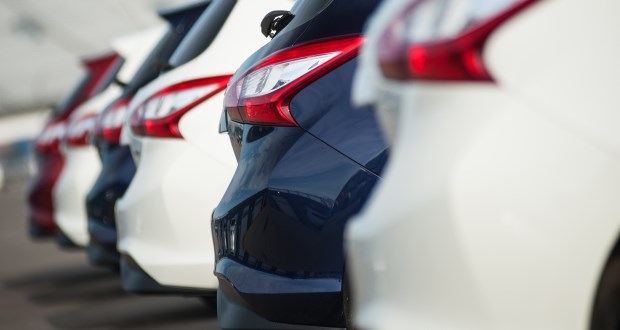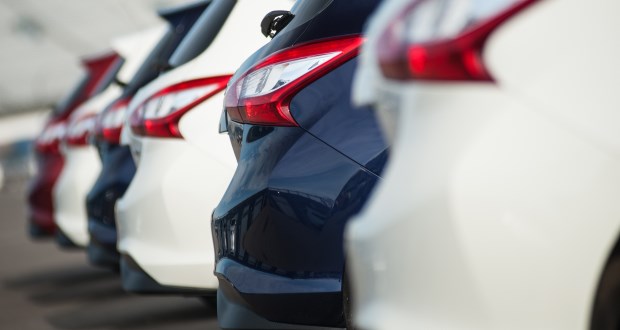 Used car values fell by 1.9% in July.
Used car values fell by 1.9% in July.
According to data experts at cap hpi, the fall is a larger drop than the average pre-COVID July figure of a drop of 1.2%.
The largest-ever July decline was 2.2% in 2019. Cap hpi said that dealers remain cautious when purchasing stock, and it is important to remember that average used car prices remain almost 30% higher than they were two years ago.
At the one-year age point, values dropped by 1.6% or c.£525 in July. At the older age points, cars were again slightly more affected, dropping by -2.2% (-c.£250) at five years and -2.9% (-c.£135) at 10 years old.
Jeremy Yea, senior valuations editor at cap hpi, said: “We expect August to see more retail consumers prioritising their holidays over purchasing a new or used car, so buying activity could remain muted during the summer holiday period. While wider economic factors such as rising interest rates, fixed mortgage deals coming to an end, and pressure on household budgets will also likely play their part in further compounding buying activity.
“There will still be the necessary vehicle purchases that will need to be fulfilled by consumers. Taking in all the above factors and summer seasonality, we are likely to see some similar used car market deflation in August, with average downward market movements being applied. The used car market will also continue to see volatility for alternatively-fuelled vehicles, however, with hybrids under pressure due to price discrepancies versus EVs, and EVs themselves continuing to realign amongst themselves, seeking out more of a natural order after the last few tumultuous months. As always, keeping close to daily Cap Live values remains paramount for all fuel types as demand and supply dynamics play out differently for different models.”
City Cars proved to be the weakest sector overall, dropping by 3.2% or c.£250, following last month’s drop of 3.5% (-£280).
EVs returned to being the lowest-performing fuel type this month with an average fall of 2.8% or c.£600. The cumulative movement for EVs over the last 11 months now amounts to -42.6% – in comparison to petrol which has only moved on average by -5.3% during the same period.
However, the majority of EVs in July moved back in line with other fuel types which sit in the same sector.
Yea concluded: “Pressure on electric vehicle values overall do continue to ease, with the latest trade and retail prices making the switch much more compelling for both dealers and consumers. As reported last month, there are a number of models, where prices, attractive finance rates and monthly payments now look reasonable compared to their internal combustion engine equivalents, which has helped generate some additional interest in EVs. Some dealer groups continue to offer free home charger units when purchasing a used EV, this can save the consumer up to £1,000 on installation costs. Of the volume models available in the market, the Tesla Model 3 continued to be one of the fastest-selling vehicles, mainly driven now by its comparatively attractive price point.”
